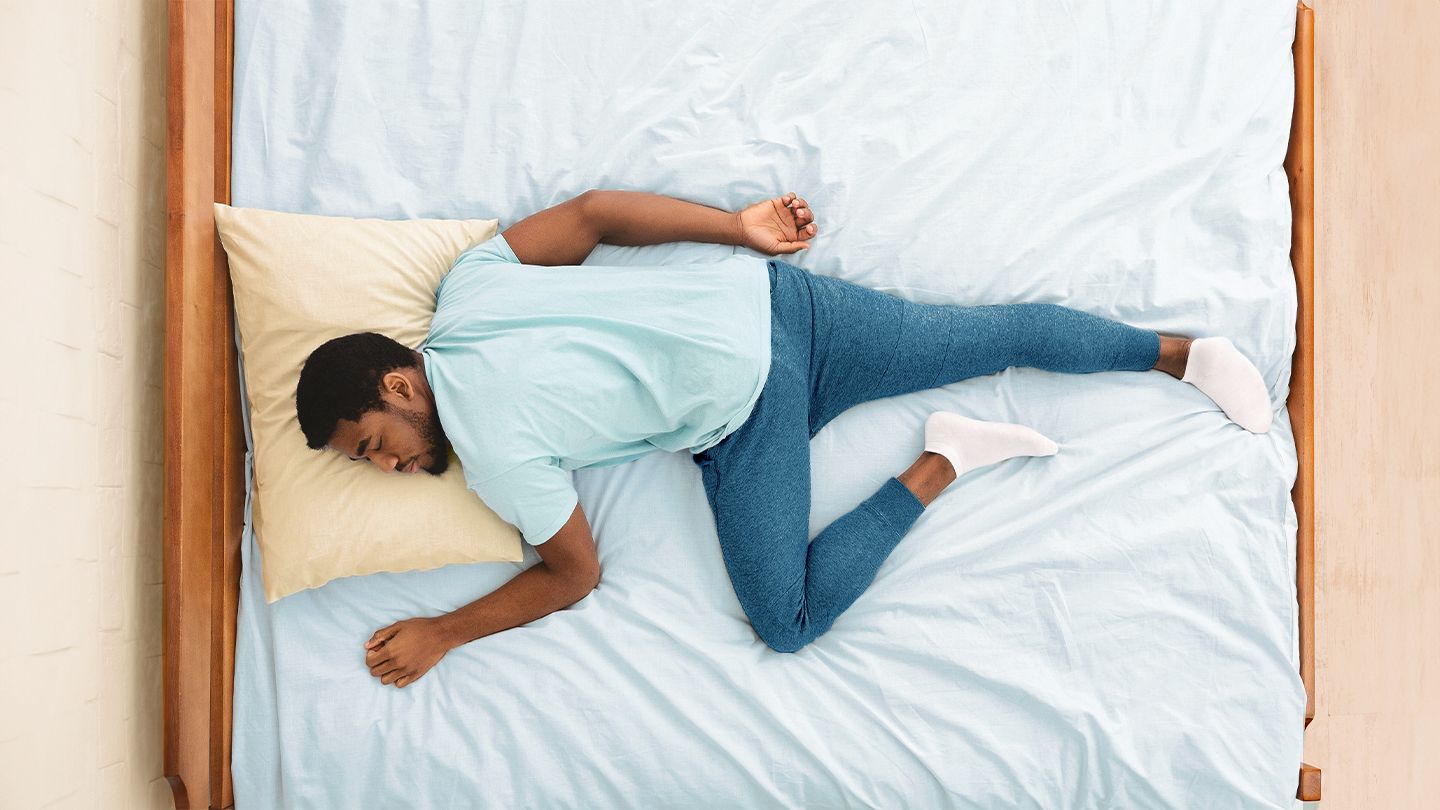If you’re sleeping on your stomach because of problems like acid reflux, snoring, or back pain, you’ll want to address these underlying issues first, says Rebecca Gonzalez, a senior specialist physical therapist at Northwell Staten Island University Hospital in New York City. The following techniques may also help.
1. Use Pillows to Your Advantage
Placing a body pillow in front of you while side sleeping can have a similar effect, says Joseph Hribick, DPT, an orthopedic manual therapist and a clinical assistant professor of physical therapy at Lebanon Valley College in Annville, Pennsylvania. “It can also provide the comfort and pressure that stomach sleepers are accustomed to without putting the spine in a vulnerable position,” he adds.
2. Choose a Supportive Mattress and Pillow
3. Be Patient and Consistent
It won’t be easy to break the stomach sleeping habit, so be patient with yourself, Hribick says. “This change doesn’t happen overnight (no pun intended) — it does take time and some patience,” Hribick says. If you wake up on your stomach, Hribick suggests slowly repositioning yourself to avoid stressing your back by moving too quickly.
While working toward a different sleep position, Hribick recommends the following to reduce the adverse effects of sleeping on your stomach.
- Place a thin pillow under your pelvis to reduce lower back stress and support your spine’s natural curvature.
- Use a thin pillow under your head to keep your spine in a more neutral position. Thick pillows can force the neck, midback, and lower back into excessive extension, increasing stress and strain.
- Gently stretch your neck and back before bed and in the morning to help counteract muscle tightness, improve mobility, and alleviate discomfort.
Read the full article here




